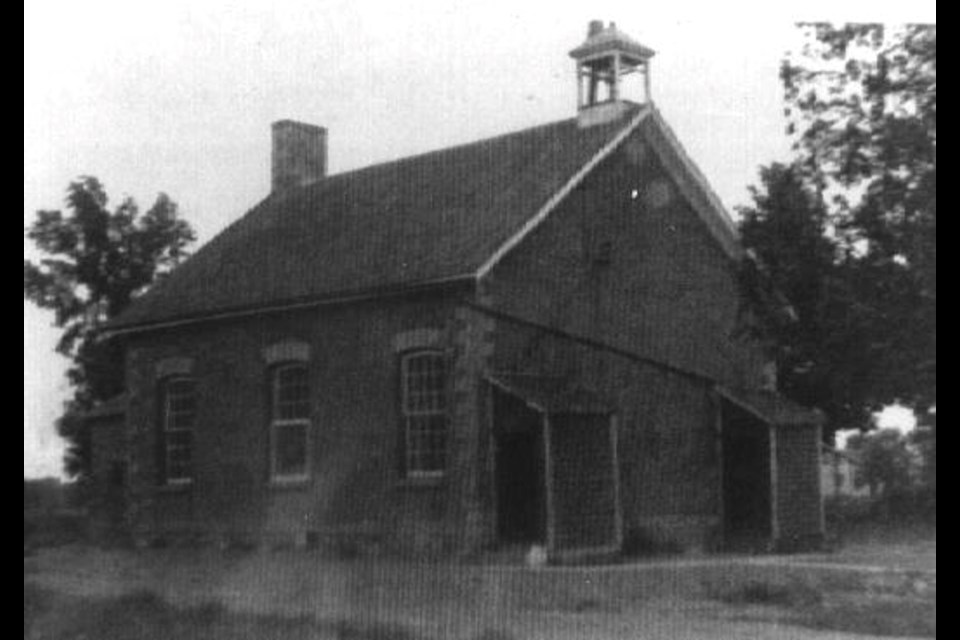Throughout Esquesing Township, it once was a familiar site to see schoolhouses scattered across the countryside, where students would walk “uphill, both ways” to receive an education prior to the modern-day school system.
At first, when the former township of Esquesing (present-day Halton Hills) was opened for settlement in 1819, education for children was not a top priority or concern to the early settlers as they were more focused on clearing the land of trees for farming.
But over the next decade, during the 1830s, the first rural schoolhouses would begin to appear, typically constructed using cedar or pine logs.
The form of education offered at that time was limited, giving students the basics in reading, writing, and arithmetic, usually with each pupil paying a monthly fee of about $1.50 to employ a teacher for a few months of the year. Typically, school was conducted during the winter months in order to have students back on the farms to help with field work in the spring and summer.
By the 1840s as enrollment began to increase and with more schools being erected across Esquesing, 17 school sections were eventually created throughout the township. The location of these schoolhouses were typically within a mile radius of nearby farms and settlements, usually on a donated piece of land.
It should be noted that Acton and Georgetown each had their own school board and were separate from the rural school sections.
In contrast to today’s schools, they contained a woodstove for heating and outhouses serving as washrooms, all while having one teacher instructing students from grades one through to eight.
Despite most of the schoolhouses being upgraded to brick or stone by the 1870s, the overall setup of a schoolhouse remained relatively unchanged for the remainder of their existence.
The only real change was the Ontario School Act of 1871, making education free to students through taxes, and the occasional upgrades to the curriculum as needed.
It was during the 1940s when talks began about changing the direction of education for Esquesing’s rural schoolhouses, such as the eventual consolidation of facilities. After the Second World War, there was a “boom” in the student population, causing the old schoolhouses to be overcrowded, which led to the fast-tracking of consolidating schools.
This saw the closing of one-room schools, transitioning over to modern central schools, with the last of the schoolhouses closing in June 1962. From then on, students would be taken to school by bus, thus ending the tradition of walking to school.
The “central schools” to open during the late 1950s and early 1960s included Stewarttown, Glen Williams, Norval, Pineview, Speyside, and Limehouse. These schools would be governed by the Esquesing School Board until the formation of the Halton County Board of Education in 1969.
In June 1986, Norval and Speyside central schools ceased operations due to low enrollment and cost-saving measures.
As for the old schoolhouses, some were completely demolished, while most have been converted into private residences such as SS#9 Gibraltar in Limehouse, which can still be seen today, reminding us of a time when rural kids once walked “uphill, both ways” to receive an education.
Article written by Scott Brooks, with information from the Dills Collection/Acton Free Press/Halton Sketches.



